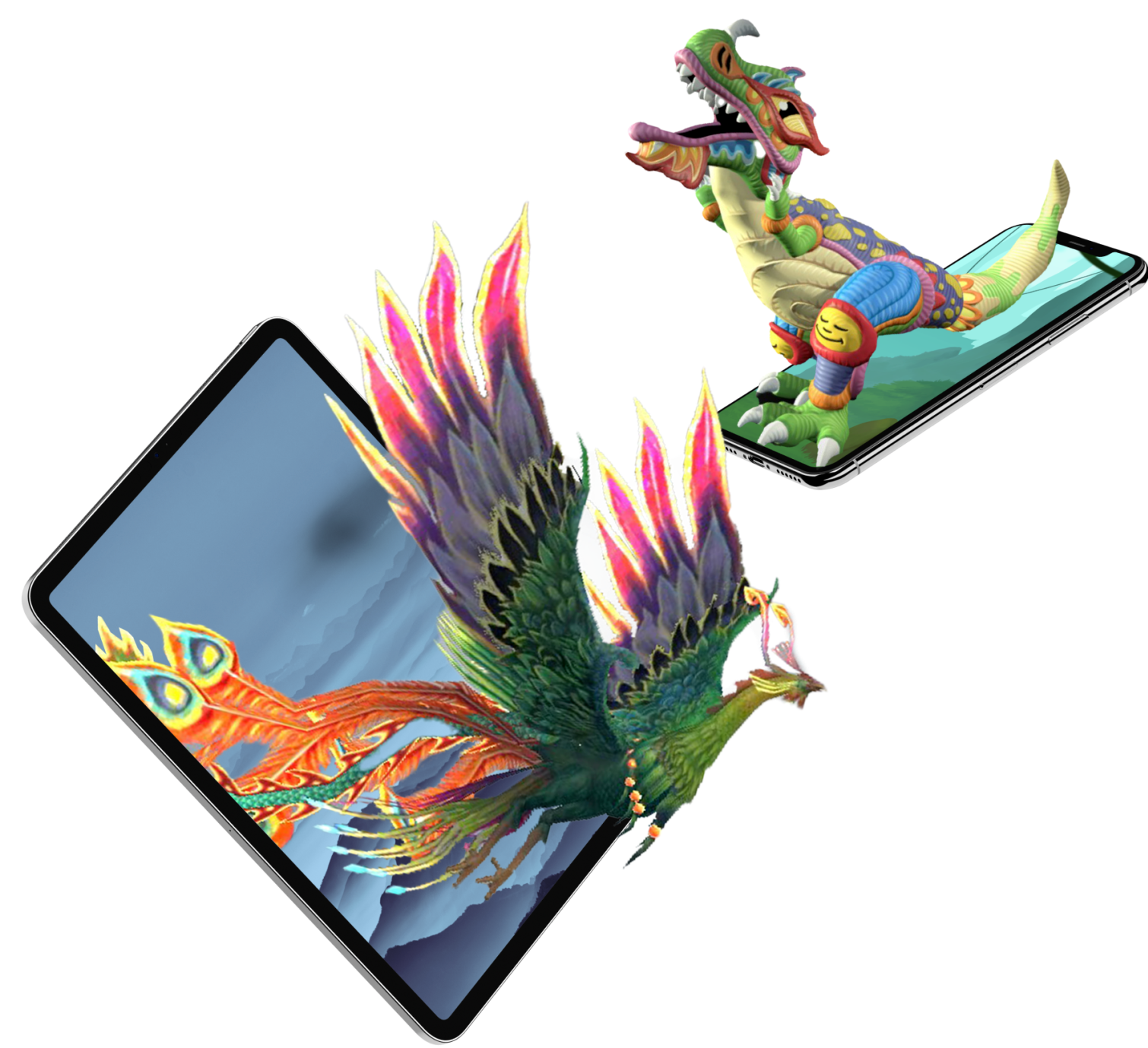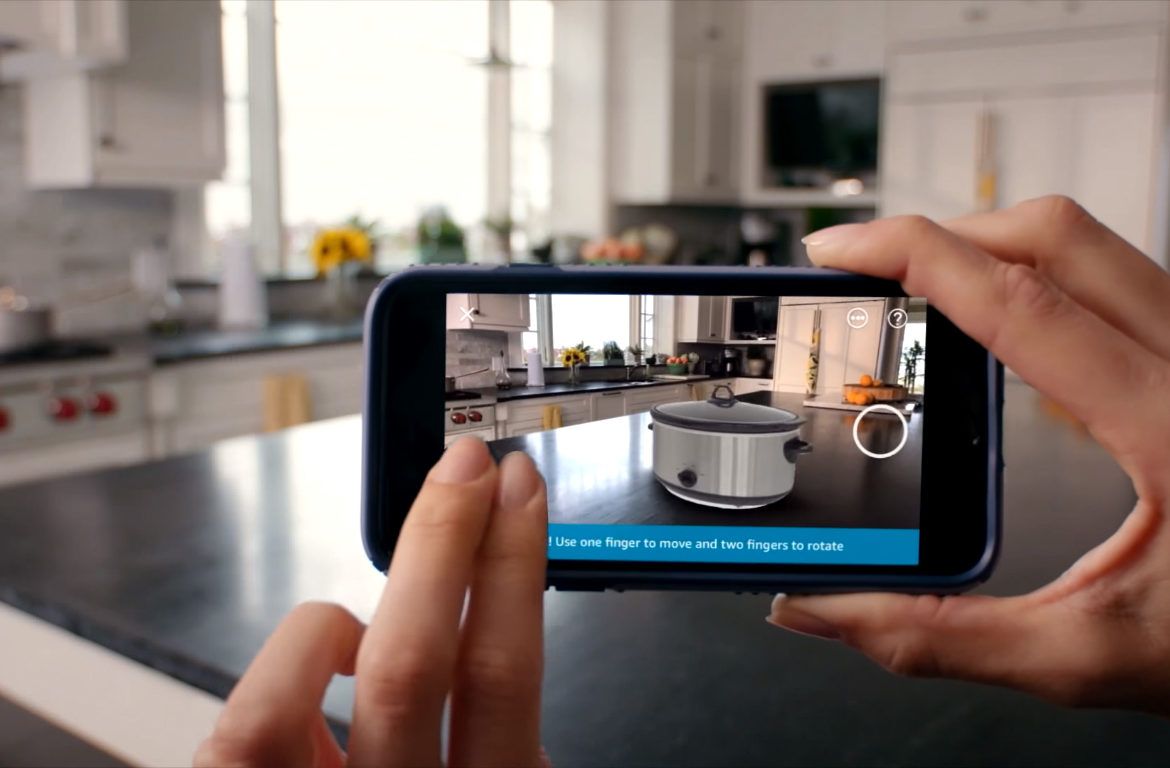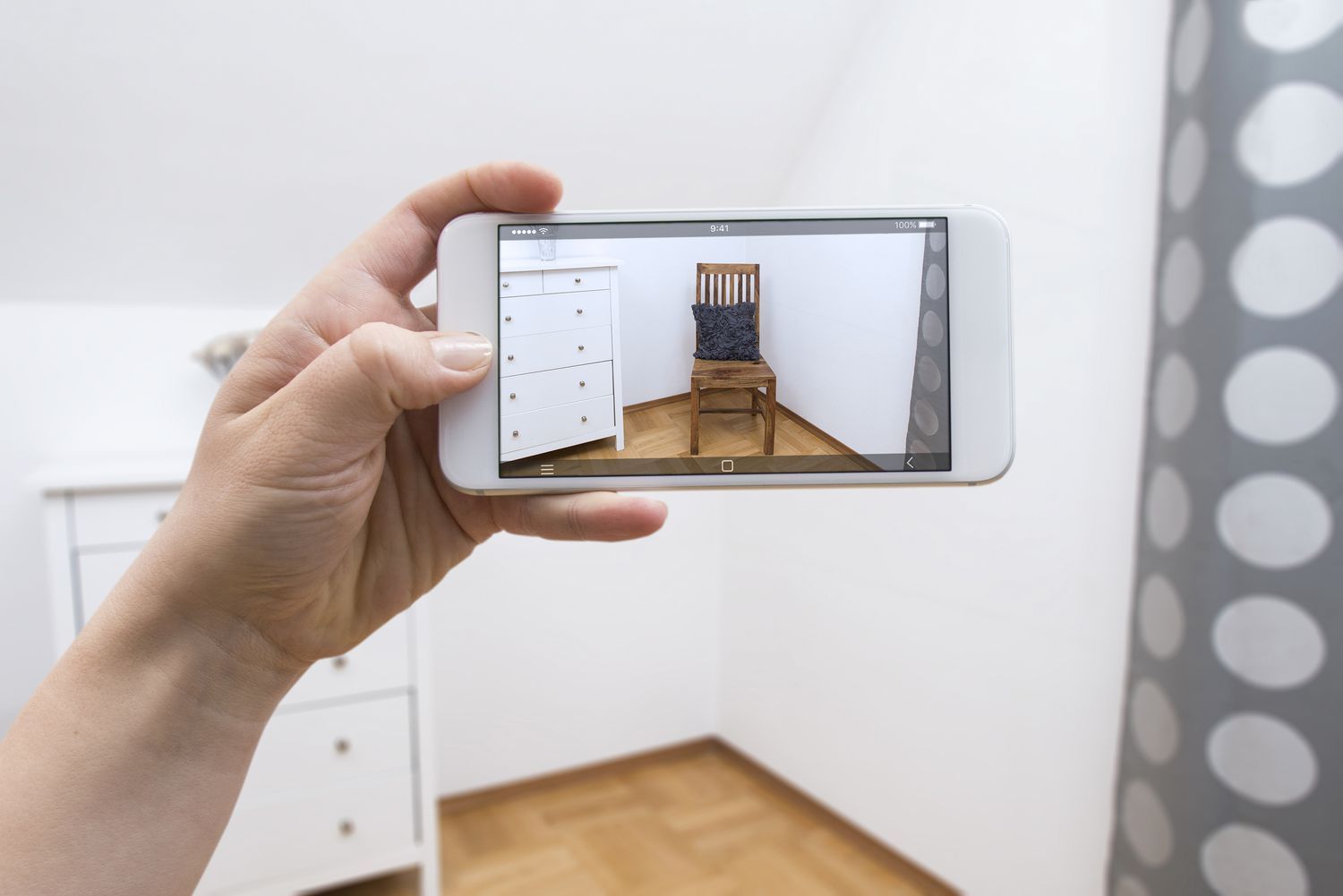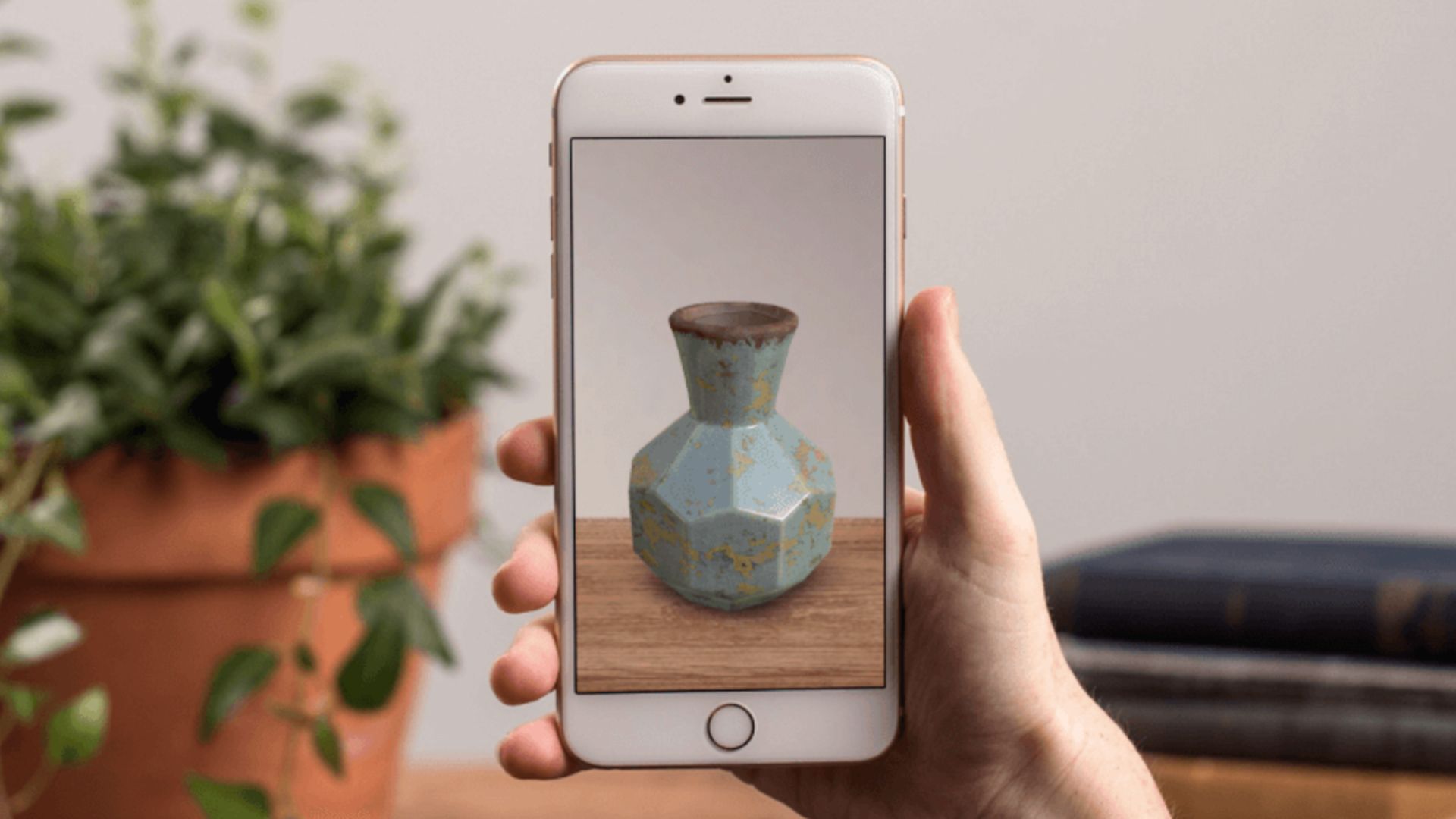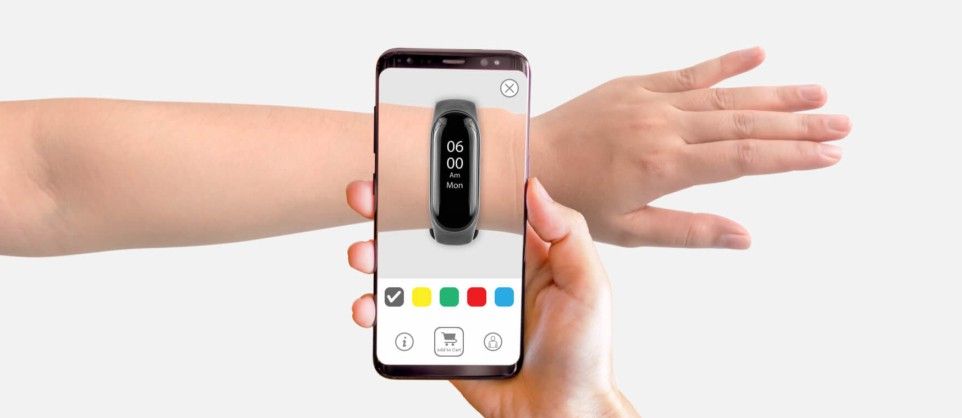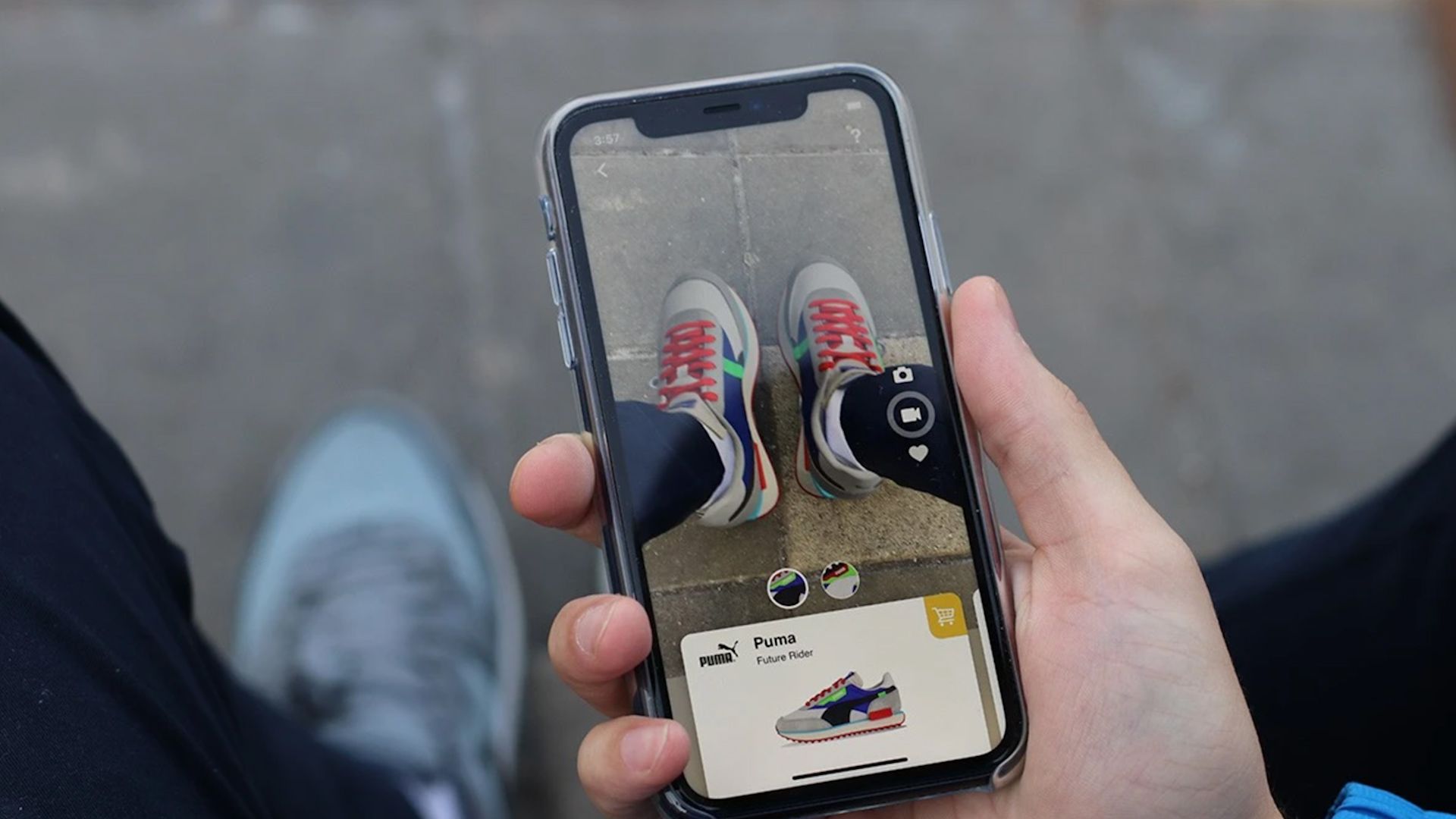The CEO’s Comprehensive Guide to AR for eCommerce
Skyrocket Sales with AR: 70% More Likely to Buy with Real-Time Product Previews in their Space
Augmented Reality for E-Commerce
As a CEO, it is important to stay ahead of the curve and use the latest technologies to enhance the customer experience and drive sales. One technology that has the potential to do just that is Augmented Reality (AR). By using AR, you can give shoppers the ability to preview your customizable products in their own space, helping to boost their confidence and increase sales.
Here is a comprehensive guide to using AR for eCommerce:
- Develop an AR strategy: Develop an AR strategy that aligns with your business goals, such as increasing sales or improving customer engagement. Conduct market research to understand the potential of AR in your industry and identify opportunities for your business.
- Invest in AR-Enabed Website and Mobile App: Invest in the development of an AR-enabled website and mobile application that allows customers to preview your products in their own space. Look for experienced AR developers and designers who can create high-quality AR experiences that align with your brand. This can also be done by using a platform such as the BrandXR Studio, which allows you to easily create AR experiences without having to write a single line of code.
- Create high-quality 3D models: To make your products available for preview in the AR app, you will need to create high-quality 3D models of them. This can be done by using a variety of methods:
- 3D Scanning: This method involves using a 3D scanner to capture real-world objects and create a digital 3D model of them. This is useful for creating 3D models of products that already exist. Try the BrandXR 3D Scanning App!
- 3D Modeling Software: There are several 3D modeling software programs available such as Autodesk Maya, Blender, ZBrush, and SketchUp that can be used to create 3D models from scratch. These software programs can be used to create 3D models of products that don't already exist.
- Computer-Aided Design (CAD): This method involves using specialized software to create a detailed, precise 3D model of a product. This is often used in industries such as engineering and architecture.
- Photogrammetry: This method involves taking photographs of an object from multiple angles and then using software to convert them into a 3D model. This method is useful for creating 3D models of complex objects that are difficult to scan or model using other methods.
4. Implement AR for product customization: Use AR to allow customers to customize products in real-time, such as trying different colors or materials for a piece of furniture or experimenting with different configurations for a home appliance. According to a study by Accenture, 70% of customers are more likely to buy a product if they can visualize how it will look in their home.
5. Use AR on social media: In addition to using AR on your website, you can also use it on social media platforms such as Instagram and Facebook. This can help you reach a wider audience and drive more traffic to your website.
6. Use AR to enhance the in-store experience: Use AR to enhance the in-store experience by allowing customers to preview products in different environments, such as placing a virtual piece of art on a wall or trying on virtual clothing. According to a study by Deloitte, 90% of customers are more likely to make a purchase after experiencing a product through AR in-store.
7. Measure and analyze the success of AR: Measure and analyze the success of your AR experiences by tracking metrics such as engagement, conversion rates, and customer feedback. Use this data to optimize and improve the AR experience for your customers.
8. Continuously innovate: Keep an eye on the latest AR trends and technologies and continuously innovate to provide customers with new and exciting experiences that align with your business goals.
In summary, using AR for eCommerce involves developing an AR strategy, investing in AR development, implementing AR for product customization, enhancing in-store experience, measuring and analyzing the success of AR and continuously innovating. By following these steps, you can use AR to provide a better user experience, increase sales and improve customer engagement.
Drive Foot Traffic with Augmented Reality Murals
How It Works
Using AR for eCommerce involves developing an AR strategy, investing in AR development, implementing AR for product customization, enhancing in-store experience, measuring and analyzing the success of AR and continuously innovating. By following these steps, you can use AR to provide a better user experience, increase sales and improve customer engagement.
Ready to talk to an AR eCommerce expert?
01
Discover
A Creative Director will work with you on vision & visual targets, short-term and long-term goals.
02
Design/Develop
Working with our internal partners, we start to plan out how the experience will work with the technology and platforms’ requirements.
03
Test
This stage is all about making sure the experience meets the Goals & KPIs and is working as intended without any breaking issues. Internal testing is done during this phase.
04
Publish
This stage is all about getting the client’s final approval of the experience. Client provides confirmation they are happy with the final output and ready to proceed.
